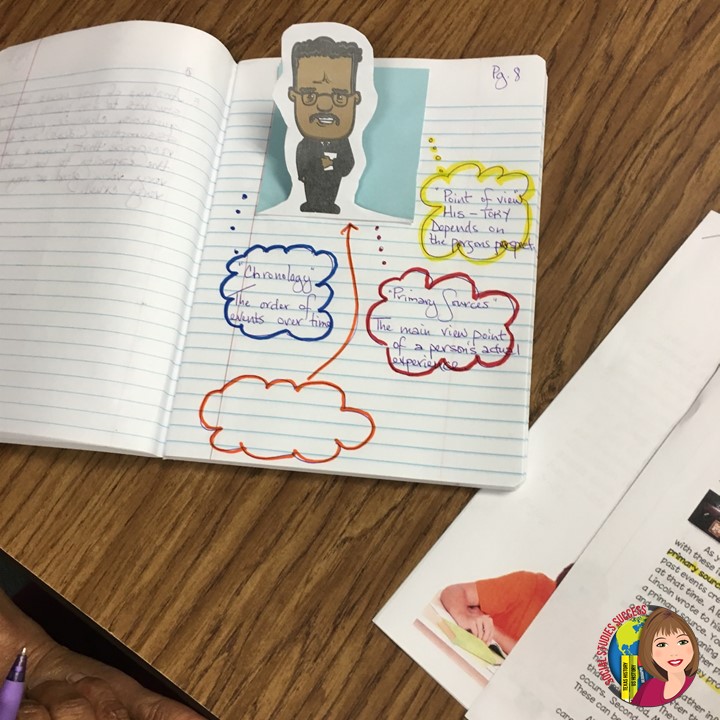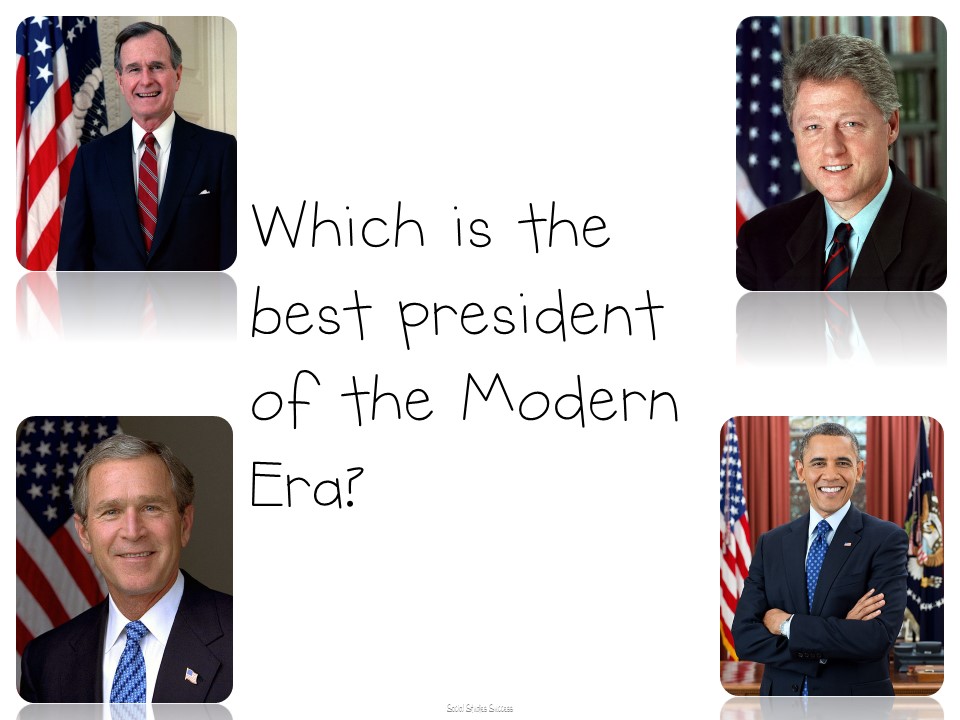As a classroom teacher, you often get hit with that question – usually within the first week of school by a student who “Does Not Want To Be Here”… and truthfully, how do you answer that question? “Because I said so?” “Because someone else (your state standards) said we have to?” Are you prepared to answer that question when it is asked? Or even better, before it is asked?

The first week of school is a great time to answer the age old question “Why Study History?” You are still working on the environment of your class and setting the culture for the year. Start off with an engaging and content rich lesson that allows students to answer the question for themselves!
Structure the Lesson for Success
I start off the lesson with a preview – Which sentence do students agree with the most? I have topical statements such as “History helps us understand change and how the group we live in came to be.” And “History teaches that human actions have consequences.” Students are asked to choose one sentence they agree with and write a brief summary explaining why. Once students have written their explanation, I conduct a Human Bar Graph. I have placed numbers 1-5 around the room and I ask my kids to stand in front of the number that corresponds with their answer. Once all of my students have placed themselves in a line, we all look to see which answer was chosen the most. I then place my students into small groups based on their number to discuss why they chose each particular quote. This increases engagement almost immediately! Call on a volunteer to share their answer and then move on to the next phase of the lesson.
Engage with Manipulatives
The next part of the lesson involves an artifact investigation. I have created different artifacts from Abraham Lincoln’s life. I pass these out and ask how historians could learn about Lincoln based on these artifacts. Students love seeing these primary sources – and guess what?!? You have just introduced primary sources into your class in an engaging lesson.

Reading Strategies
Now we are ready to read! I have written a brief informational text that discusses the importance of history. In the reading, students are exposed to important vocabulary words such as artifact, primary source and bias. I place my students into partners for this portion of the lesson and ask them to “WRAP” the Reading – Whisper Read Alternating Paragraphs. This allows me to listen to and monitor their reading.
Once the students have completed their reading, we create graphically organized notes in our Interactive Notebooks. These “Pop-Up Experts” make great graphic organizers and allow the students to be creative in their note taking.

The lesson is concluded with a spectrum activity. Students read different statements on the importance of history and rank them 1-5. They can debrief this as a class or you can use it as a processing assignment in their Interactive Notebook.

If you get a chance to use this lesson, let me know what you think!









